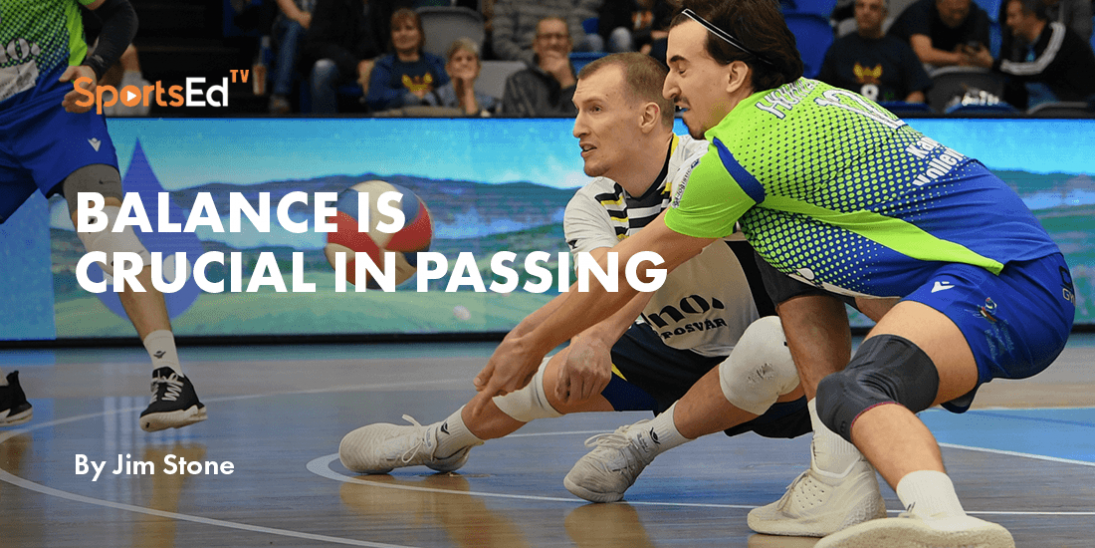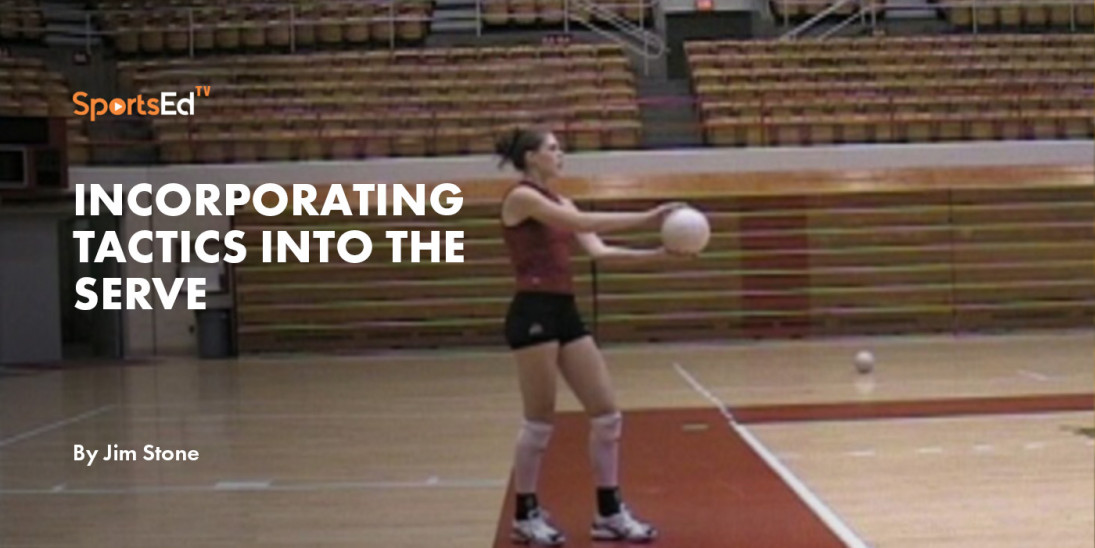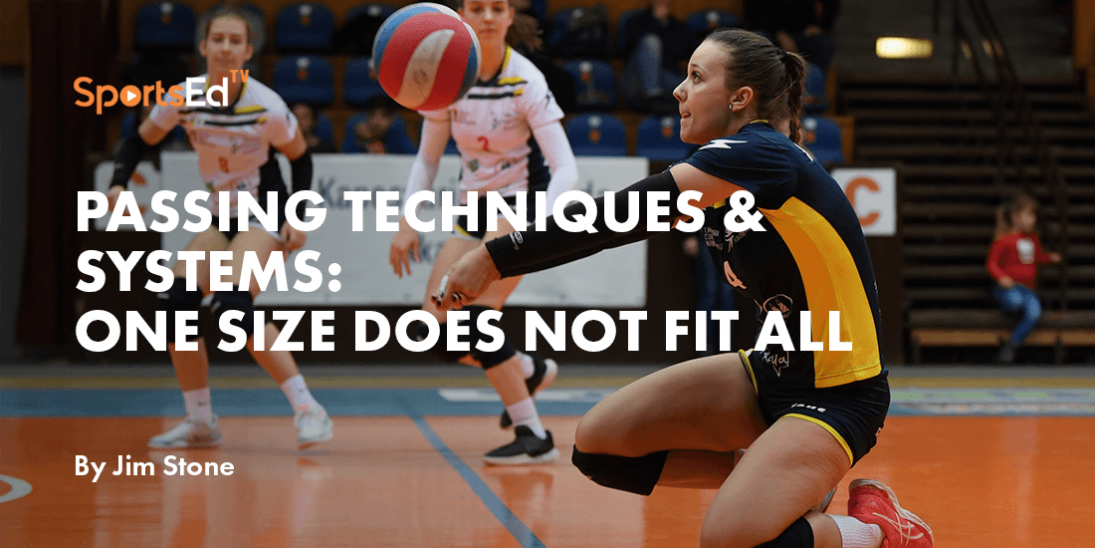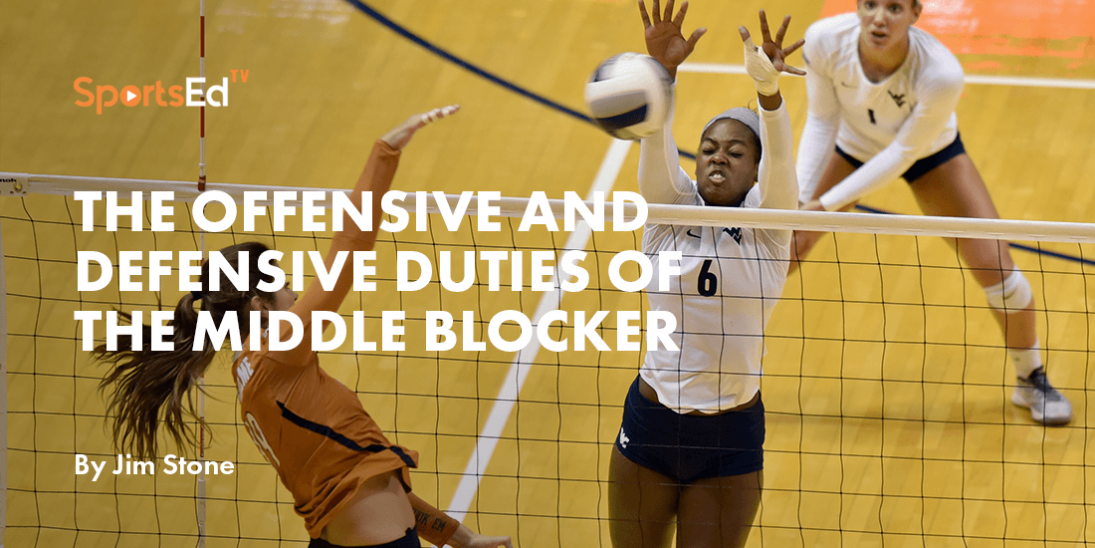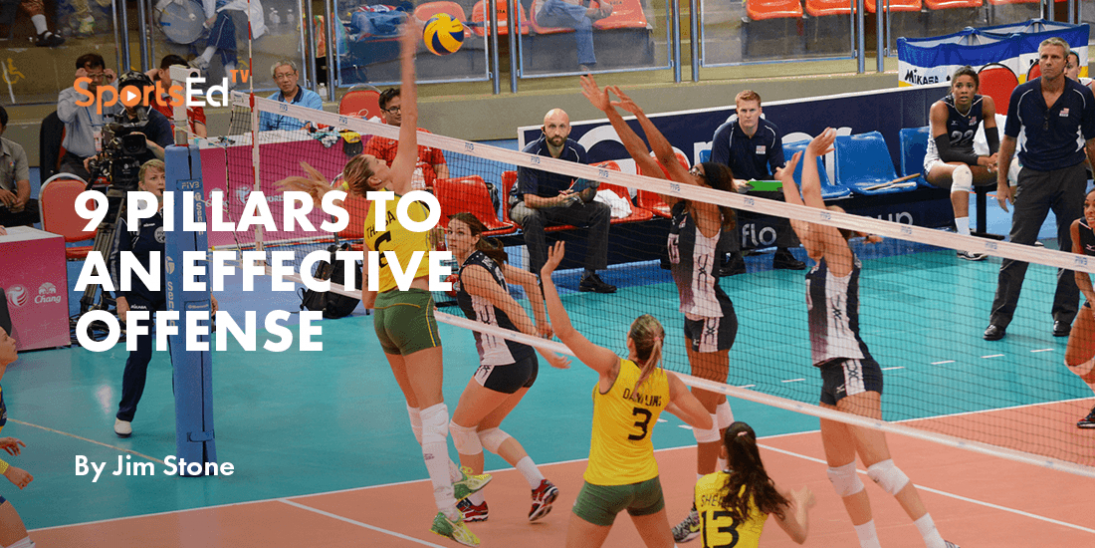Volleyball
Welcome and thanks for visiting...

Mastering Volleyball Serving: Strategies and Techniques for Game-Changing Performance

Throughout my decade as Head Coach for the USA U-18 team at the FIVB World Championships, I grasped early on that international teams placed a higher emphasis on serving than our American athletes. At the U-18 World Championships, the rival servers unleashed serves with remarkable precision and force, treating the skill with the seriousness it deserves. Recognizing serving as an opportunity to score, I quickly made it a priority in our daily practice routines, which honed not only our serving but also our receiving capabilities — improving our passing team by enhancing our serving skills.
The Evolution of Serving Skills
Over recent years, I've witnessed a significant enhancement in serving skills at the collegiate level, though the club-level serving seems to have remained static. The progression in any skill is usually proportional to the practice time devoted to it. However, serving often gets sidelined. The situation is further compounded at the club level by the limited space behind the end line in many facilities, adversely affecting service quality.
A New Perspective on Serving
I aim to share insights on serving and how players and coaches could adopt a fresh approach to this skill. This discussion will not delve into the technicalities of serving mechanics but will instead offer reflections that could influence the "why" behind serving strategies more than the "how" of the serve itself.
There are primarily two types of serves: the float serve, where the ball is hit without any spin, and the spin serve, which includes topspin or sidespin. Both types have their merits. A well-executed float serve can behave unpredictably due to the absence of spin, making it difficult for the receiver. For such unpredictability, the serve must reach a certain speed threshold.
A spin serve, while more predictable in its flight path, can be just as challenging, especially for receivers with limited agility, as illustrated by Elena Oglivie's demonstration of a sidespin serve in the accompanying video, showcasing the serve's capacity to challenge the receiver's positioning and angle significantly.
Serve Execution and Strategy
Whether performing a float or spin serve, servers may opt to execute these serves, either standing or jumping. A standing serve provides a stable base, potentially leading to more consistent tosses and greater control, whereas a jump serve can offer a flatter trajectory and shorten the distance between the server and the receiver.
In working with servers, I prioritize certain aspects of serving and the strategy behind it. For those employing a float serve, it's crucial to serve without imparting spin, aim for a flat trajectory targeting no higher than the midpoint of the antenna, and consider velocity as a secondary priority after mastering the first two.
Serving Tactics
Targeting the Passer
Analysis of passing patterns at the U-18 World Championships and other elite competitions shows that serves landing short or deep, as opposed to side-to-side, often yield better results. This suggests a strategic advantage in serving short and deep, challenging the receiver's positioning and readiness.

Developing a Signature Serve
Every player should hone a particular serve to perfection, much like a baseball pitcher's fastball, and rely on this "best serve" in crucial moments. This approach fosters confidence and consistency in serving, allowing for a strategic fallback if the primary serve is effectively countered by the opposition.
Serving from Corner to Corner
Data from the U-18 World Championships supports the strategy of serving diagonally from corner to corner (zone 1&;5 to zone 1&;5) as being particularly effective, as opposed to serving straight from zone 6 to zone 6, underscoring the tactical significance of serve placement.
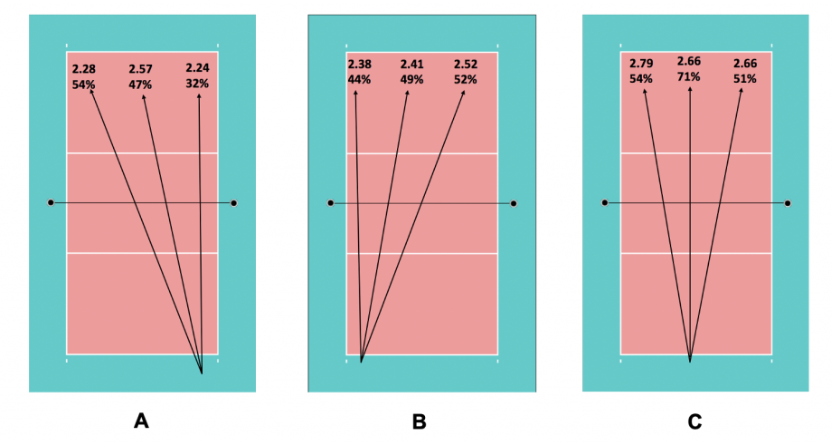
Autonomy in Serving Zones
I advocate for servers to maintain focus on their routine and the court dynamics rather than being confined to specific zones dictated by the coach. This enables servers to adaptively target the opponent's weaknesses while staying engaged with their serving strategy.
Routine, Mechanics, and Strategy
Establishing a consistent serving routine can enhance performance under various conditions, and mastering the correct armswing mechanics and toss location is crucial for both float and spin serves. The "riskiness" of the serve should be balanced with the team's sideout efficiency, informing a strategic approach to serving based on the opponent's strengths and weaknesses in reception.

Emphasizing Serving in Practice
Incorporating serving into practice drills emphasizes its importance and replicates match conditions, encouraging players to aim for at least two successful serves before losing the serve. Encouraging experimentation with different serving styles and recognizing the value of a diverse serving strategy can present significant challenges for the opposition's passers.
Evaluating Server Effectiveness
Ultimately, the most effective servers are those who contribute most significantly to the team's scoring, whether through direct aces or by disrupting the opponent's system, highlighting the strategic value of serving in competitive play.




